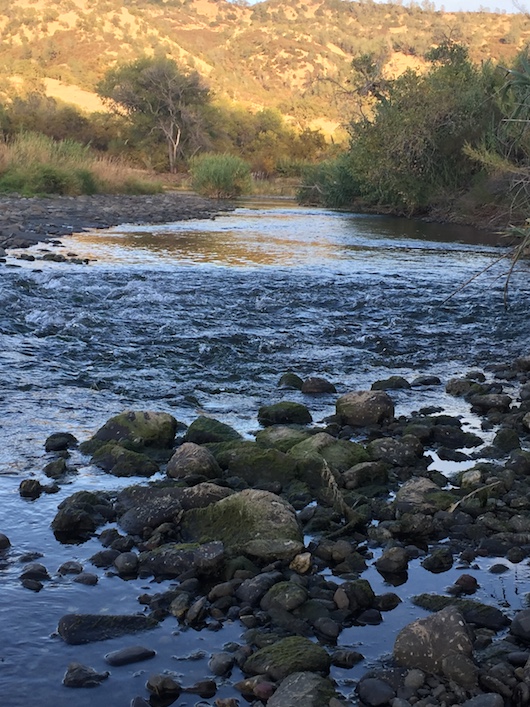
The big fall harvests are moving along — Almonds, Walnuts, Winter Squash, Sesame and Olives. The walnuts are being cracked out of their shells at a neighbor’s who has the machinery. This involves several members of our crew sitting at the machine every day, and a lot of ferrying nuts back and forth. We have scheduled our olive harvest for Wednesday October 31st. This will require a large crew to be very focussed the entire day. The olives that we harvest on Wednesday will go straight to the mill down the road— the oil is best when it is pressed right away. Our sesame isn’t quite ready to harvest, but since we ran out of last year’s crop, we are shaking the plants and cleaning them by hand a bucket at a time, just to keep the tahini and sesame seeds available for sales… We also have a crew that we are trying to free up to make beautiful dried flower wreaths, but they keep getting called off to other projects!
I was interested in a recent publicly funded French study that investigated the association between organic food consumption and the risk of cancer. The study involved almost 70,000 French adults for five years and found a significant reduction in the risk of cancer among frequent consumers of organic food, including an 86% reduction in the incidence of non-Hodgkin lymphoma in the group that consumed the most organic food. The most frequent consumers of organic food had 25% fewer cancers overall than those who never ate organic.
Cancer is complicated and many environmental factors (including diet and the proportion of fruits and vegetables consumed) contribute to it, so this study doesn’t prove that an organic diet reduces cancer, it only shows that an organic diet can contribute to reducing cancer risk. The knowledge that a higher frequency of organic food consumption is associated with a reduced risk of cancer should come as good news to many of our members who are eating some of the best available, by getting a CSA box every week!
— Judith Redmond

We are so lucky to be living on the banks of Cache Creek, part of a watershed that is abundant in wildlife. Cache Creek originates from Clear Lake, the largest natural freshwater lake located entirely in California and among the world’s oldest lakes. We love the significant stretches of native riparian forest where valley oak, cottonwood, willow, western redbud, and California grape grow. There are also nonnative species such as giant reed (Arundo), and saltcellar (Tamarisk) which can displace native trees and shrubs, and exacerbate erosion. Birds in the watershed include California’s second largest wintering population of bald eagles, the golden eagle, osprey, red-tailed hawk, kestrel, prairie falcon, northern harrier and several species of owl. Approximately 50 of California’s endemic tule elk live here along with black bear, mountain lion, coyote, gray fox, bobcat, badger, raccoon, beaver, river otter, deer, wild pig, gray squirrel, wild turkey, mourning dove, and California quail. It’s a very special place.
